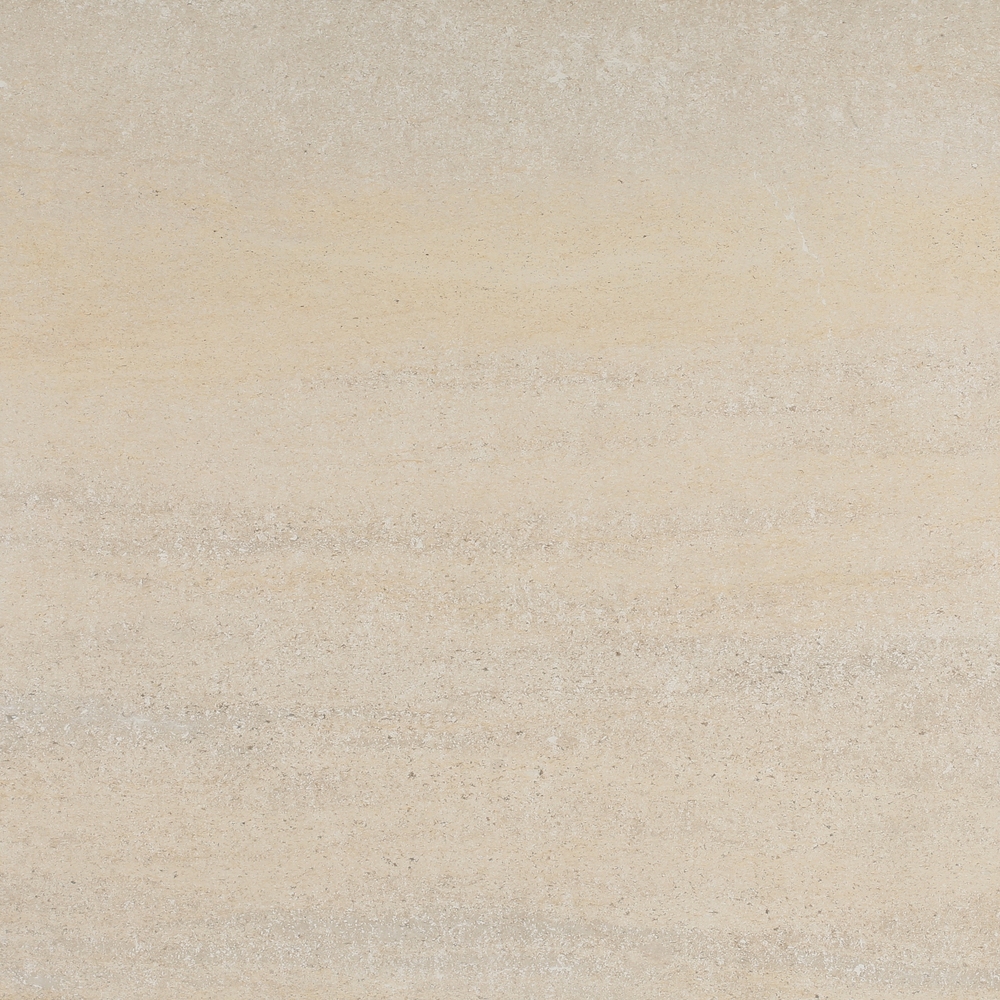Cadeby Bed 1
Cadeby Limestone is part of the Lower Magnesian limestone deposit (of Lower Permian age).
The Cadeby Formation limestones have been used for building in the since Roman times and there is ample evidence of its use in villas and forts from the many Roman sites along its outcrop and is now commonly used in new build and conservation work.
Cadeby Quarry has been an important producer of building stone for some considerable time. Several smaller quarries existed at the current site in a survey taken in 1854 and limestone quarries are known from the first edition Ordnance Survey map to the south, east and west of the present quarry. The quarries at Cadeby are well-known and are mentioned in the Victoria History of the Counties of England.
Since 2015 Cadeby has only been extracted with the Dazzini Chainsaw. The output volume of large clean block is well in excess of 30m3 per day on a single shift. This can be increased although good stocks are always available from the BlockStore.
The 13 different beds in the quarry are strategically grouped so as to maintain consistency on any project where Cadeby is used. They are grouped according to technical performance and aesthetics.
Bed 1 – A light bronze limestone with slight lensing to the colouration. Not dissimilar to Clipsham and Bathstone. A consistent and very durable limestone. Examples of Cadeby Bed 1 can be seen as flooring at the British Dental Association in London; Travel Lodge and Aviva buildings in York where it was used along with the other beds of Cadeby. Bed 1 is also being used on the restoration of the Palace of Westminster.
Average block size:Â 1500L x 800W x 800H.





